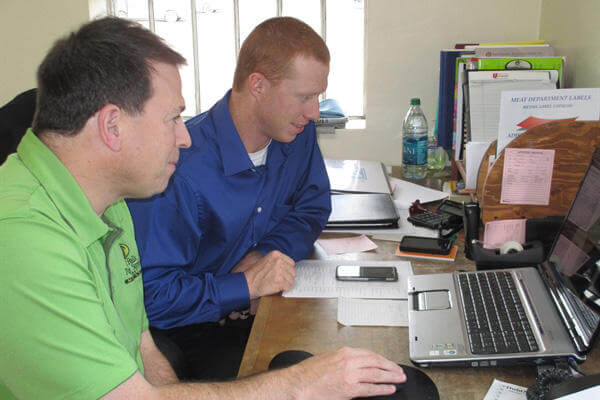When on boarding new hires, research shows that "the faster new hires feel welcome and prepared for their jobs, the faster they will be able to successfully contribute to the firm's mission" (SHRM). It is undoubtedly the goal of every hiring manager that employees feel welcomed, integrated, and supported during the on boarding process.
Traditional methods of on boarding new employees might include welcome tours, mentoring sessions, training on company policies and procedures, parties with other company departments, and a feature article on the new hire in the company newsletter and website.
However, when on boarding veteran employees, managers might mistakenly assume the process should look the same as for a civilian. While some aspects of the traditional on boarding process are helpful to new veteran hires, it should be noted that veterans bring unique training and exposure to systems that make on boarding them into a new company potentially challenging.
Set the Battle RhythmTo on board veteran employees, hiring managers should take note of the Battle Rhythm process from the military. "Battle Rhythm" is defined as A deliberate daily cycle of command, staff, and unit activities intended to synchronize current and future operations. (JP 3-33). The purpose of battle rhythm management is the maintenance of synchronized activity and process among distributed warfighters. (Marine Corps Gazette, Vol 8)
Stated simply: Setting out a Battle Rhythm for new veteran hires can assist in providing specific goals and clear expectations from the outset of employment.
When a manager meets with their new veteran team member, it is productive and helpful to clearly outline:
- The vision and mission of the company
- The goals of the job, especially as it relates to the mission of the company
- Specific expectations of the employee relative to other team members, supervisors, vendors, community partners, etc.
- Expectations the company will have of the employee related to company culture, work style, team work, and ethical behavior
Then, setting specific goals and deliverables will ensure personal accountability and project success. For example, you might tell the new veteran hire:
On Monday we will set your goals for the week. We will outline what needs to be done, how we expect it looks at the end, and what steps we'd like you to take to get these goals accomplished.
On Wednesday, we will check in via email to see if you have questions or want additional guidance or resources.
On Friday, you and I will review the goals from Monday, assess the usefulness of the resources you received, and evaluate the goals you reached.
This system might be temporary or a long term process. In some cases, employees appreciate checking in and having access to their supervisors on specific days. In other cases, after the on boarding period, the individual is able to work more independently. In the latter case, goals can be shifted to monthly or quarterly goals.
Encourage Veterans to Ask for Help
In addition to creating a goal setting and check in system, it is important to remind your veteran employees to ask for help. Civilian employers encourage employees to ask for help. A veteran might not be accustomed to this, but reassuring the new hire at their check in meetings will reinforce your desire to head off problems by encouraging them to seek assistance.
Remember, veterans are natural problem solvers. They pride themselves on fixing, solving, and attacking a problem head on. If your work style is to be more collaborative in solving issues, encourage the veteran employee to seek assistance and input instead of only focusing on meeting the goals set forth in the Battle Rhythm.





